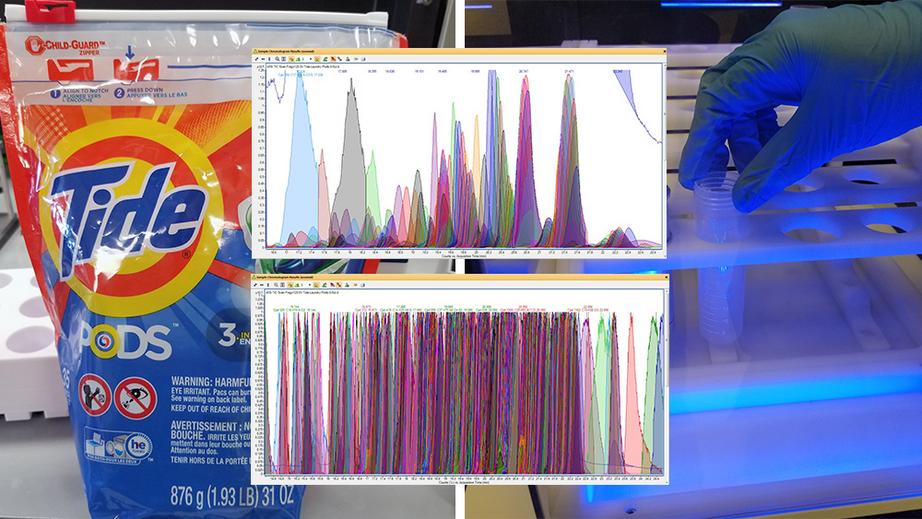Tide laundry pods found to contain over 700 chemicals; independent lab test results released to the public
Tide laundry pods are being eaten by ignorant youth as part of the so-called "Tide pod challenge" that has gone viral across social media. This phenomenon is an extension of the "fake food" programming of children who have been taught to believe that food consists of brightly-colored chemical ingredients delivered in plastic containers. Tide laundry pods are widely described by doctors and health professionals as being toxic to human health, and eating them is said to cause severe health consequences or even "permanent damage" to human health.
But what, exactly, do Tide laundry pods contain in terms of their chemical composition?
The Tide packaging claims the product is made of just three things: Detergent, stain remover and color protector. The Tide website admits, "Every Tide detergent contains many ingredients with long, complicated names," but it only lists 14 ingredients. Many of those ingredients are toxic to human health, which is why a prominent "WARNING" section on the label warns that people should "call your local Poison Control Center or doctor immediately" if the product is ingested, but it does not detail the actual chemical constituents used in the product.
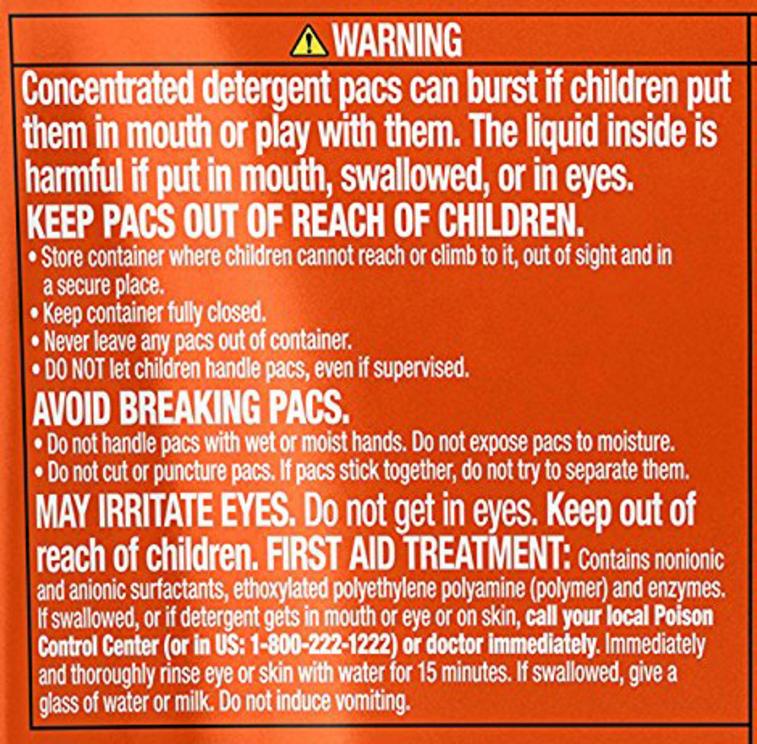
To find out what Tide laundry pods are made of, we analyzed Tide laundry pods as part of a Consumer Wellness Center investigation (ConsumerWellness.org), with results published exclusively to Science.news.
Using state-of-the-art mass spec instrumentation (LC-MS-TOF) in an ISO accredited laboratory (CWClabs.com), we ran a 0.5ul injection of a Tide laundry pod through a sequence of liquid chromatography and mass spectrometry instruments. The resulting chromatograms and mass spectra were then analyzed using "molecular feature extraction" software algorithms to identify unique chemicals present in the Tide pods. The accurate mass properties of those chemicals were then used to derive "best fit" molecular formulas that are now being released to the public. (Download the full spreadsheet at this link.)
See the full video explanation here:
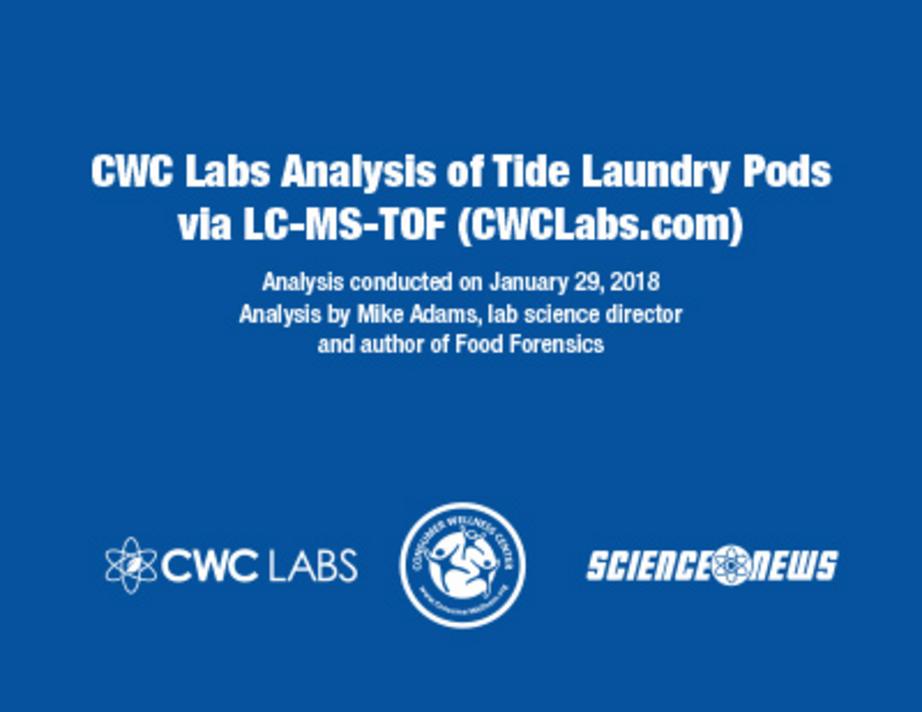
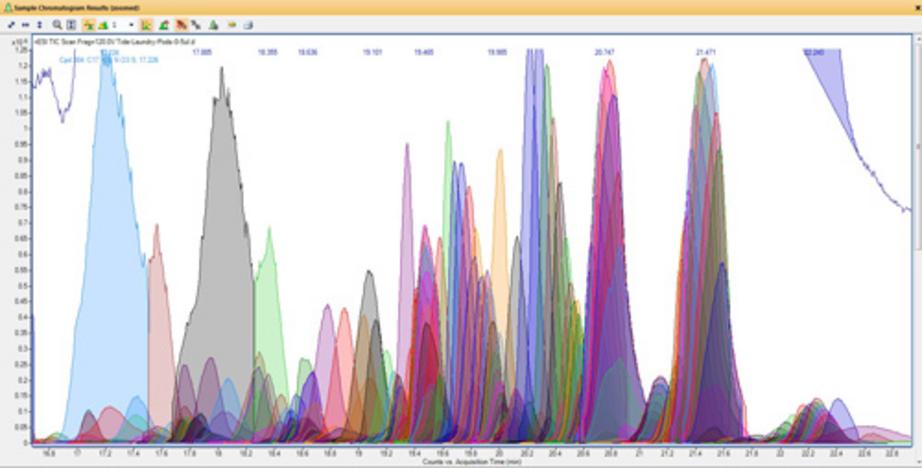
Over 700 unique chemical formulas found in Tide pods
Over 700 unique chemical formulas were derived from the Tide pods analysis. The complete spreadsheet detailing those chemical formulas, accurate mass, retention times and mass-to-charge ratios is available at the following Consumer Wellness Center download:
http://www.consumerwellness.org/PDF/Tide-Laundry-Pods-Chemical-Formulas.pdf
Those molecular formulas include:
C6 H14 O3
C17 H31 N O3 S
C18 H33 N O3 S
C22 H43 N O
C32 H63 N5 O5
A few of the formulas found in the analysis have been identified. They include chemicals such as:
1-hexadecylazepan-2-one (C22 H43 N O)

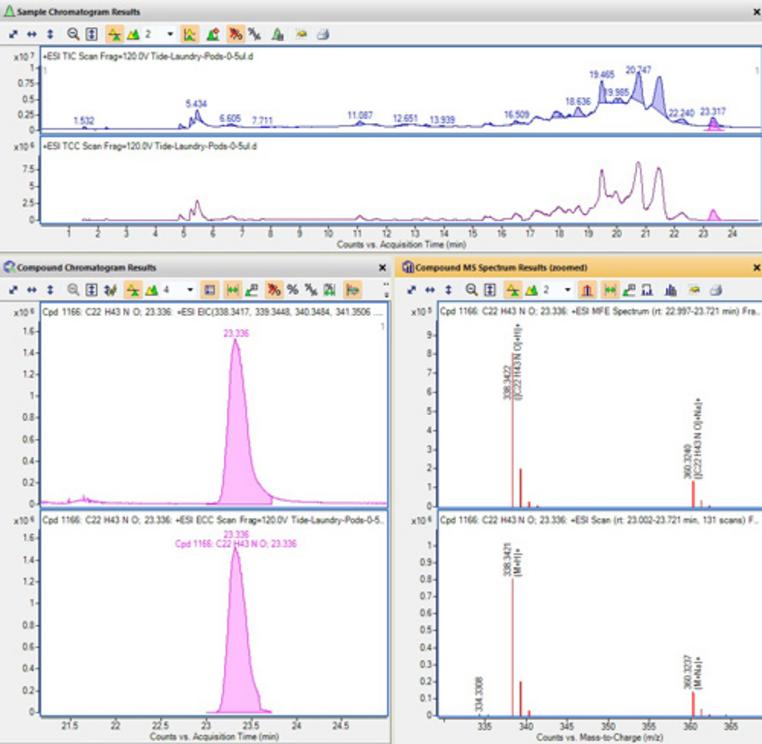
Trimethyl orthopropionate (C6 H14 O3)
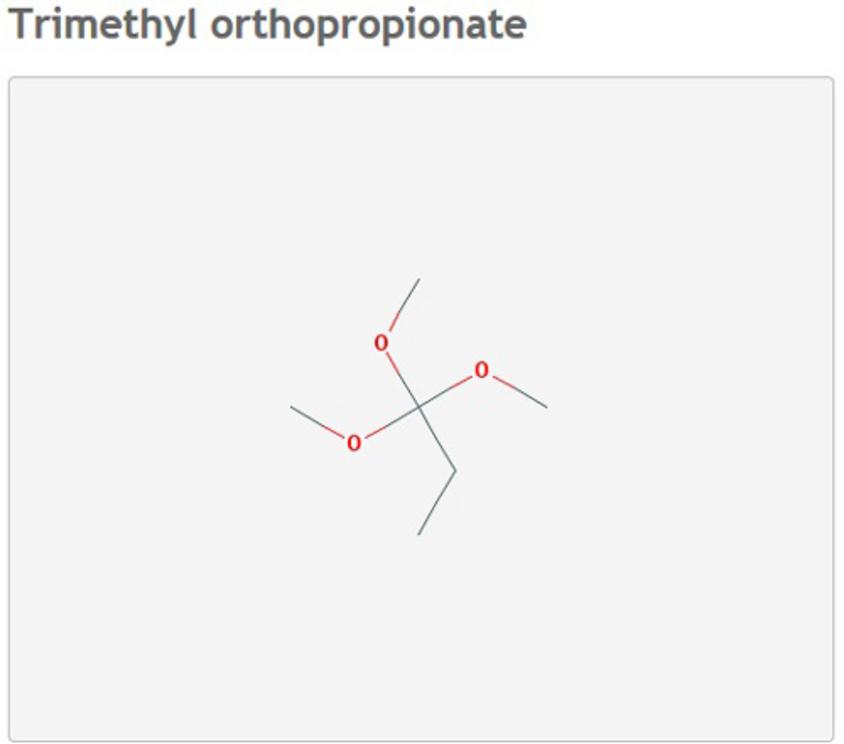
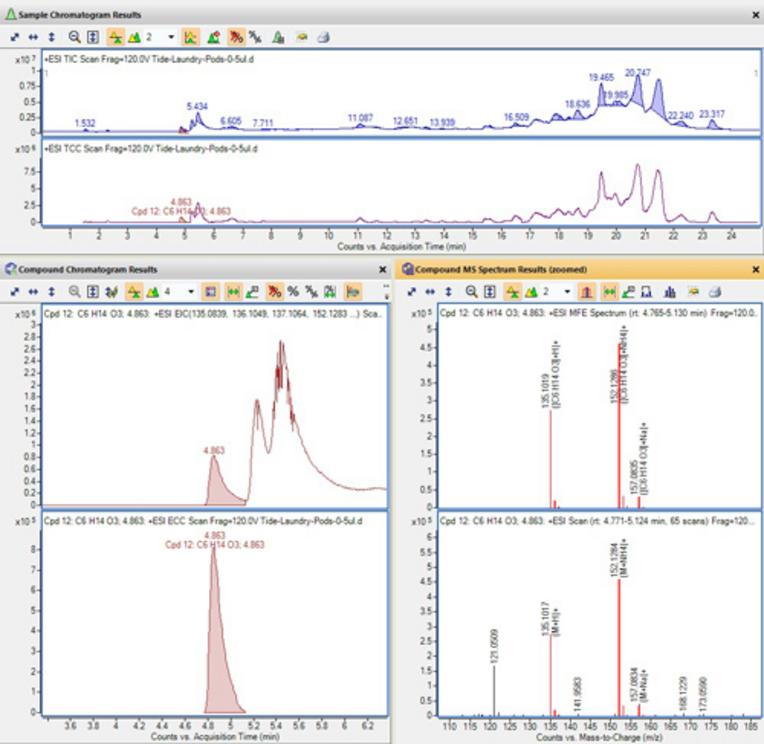
Chimyl alcohol (C19 H40 O3)
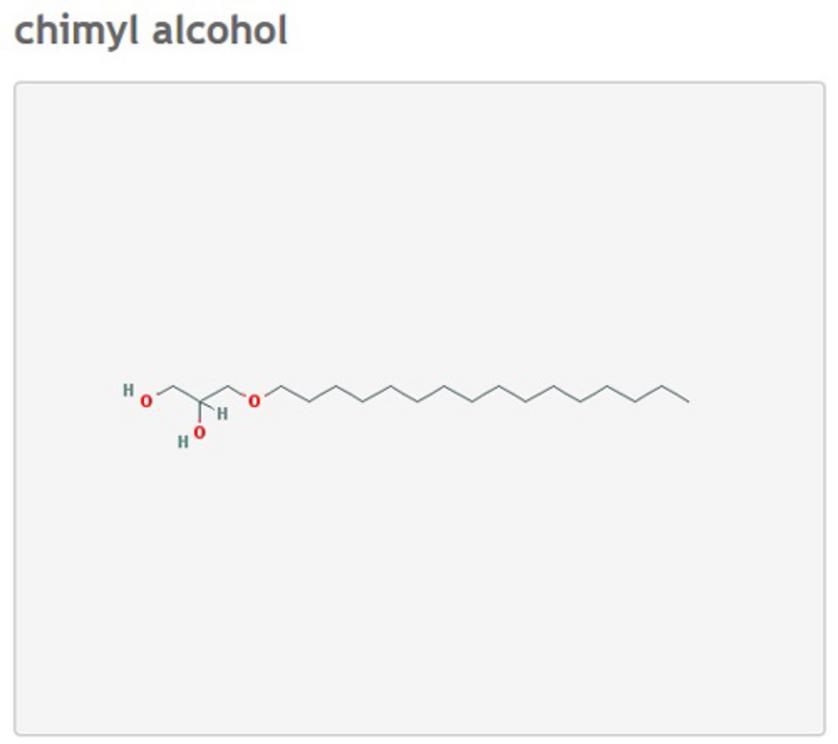
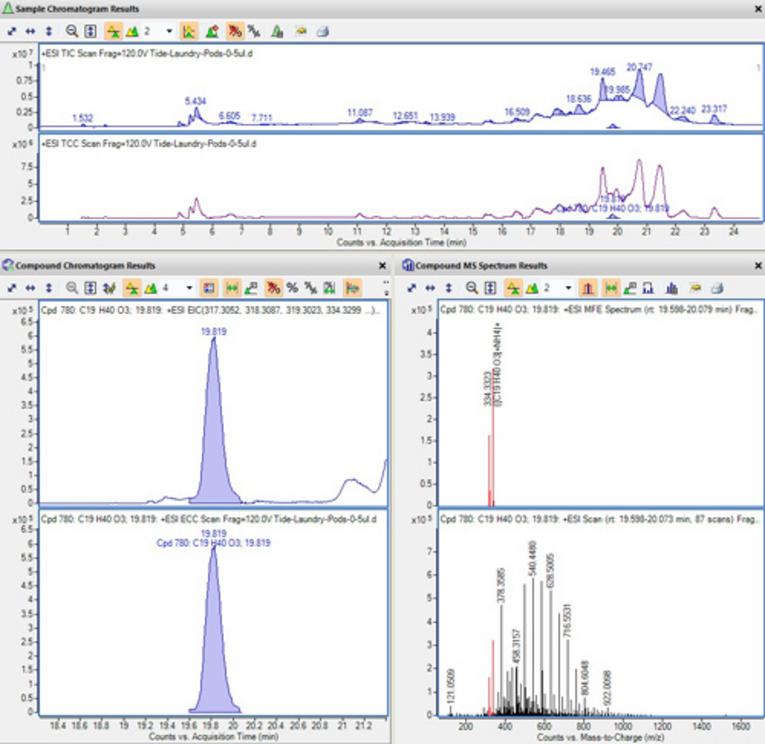
How to look up chemical formulas online
Hundreds of other chemicals were also found in Tide laundry pods, and Science.news requests the help of the public to identify and name these chemicals.
Chemical formulas can be searched at two sites:
2) PubChem
We are asking the public's help in identifying the chemical names of the compounds found in this analysis. If you are able to identify the chemical name of any molecular formulas we've published here, please submit a comment below with the NAME and LINK to the chemical compound.
Tide laundry pods sample prep pictures
Here are some of the photos from the sample prep procedure in our laboratory, showing how chemicals are extracted from the Tide laundry pod liquid using a solvent under heat and pressure:
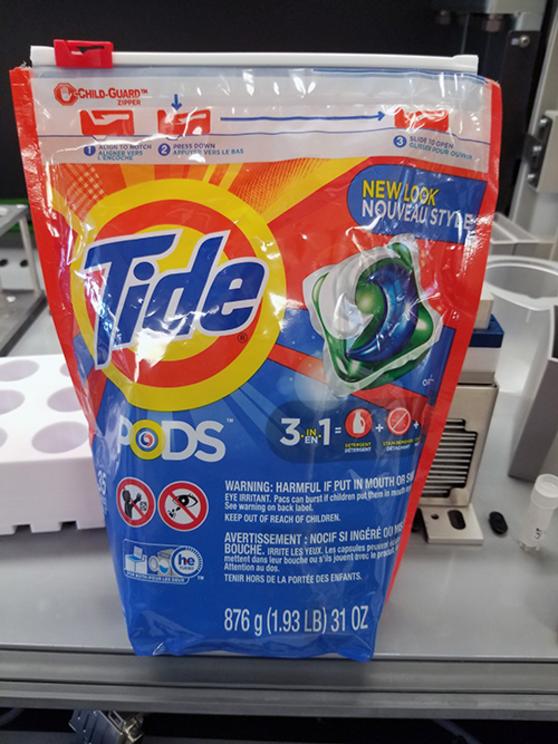
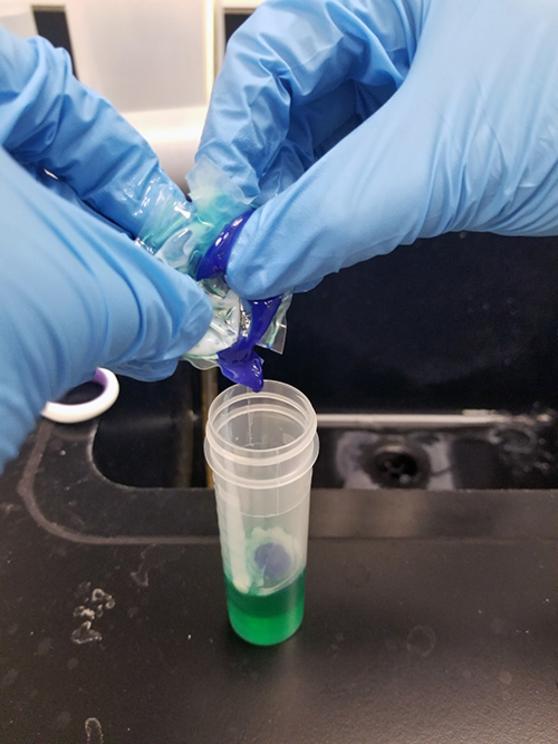
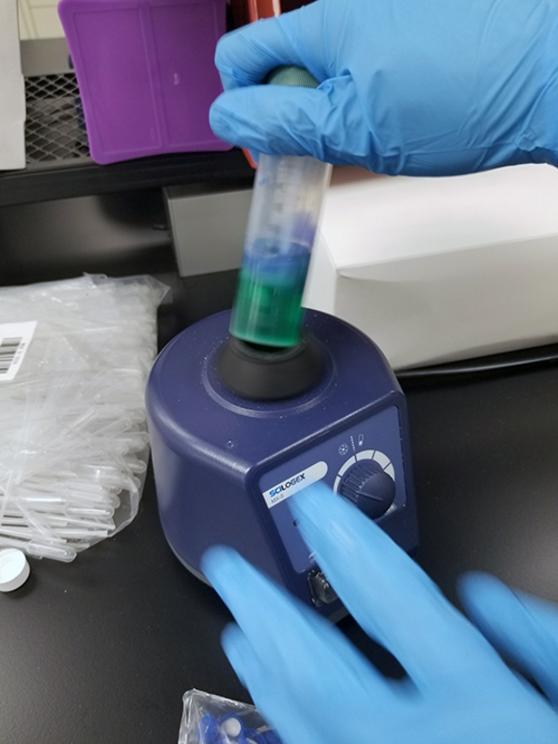
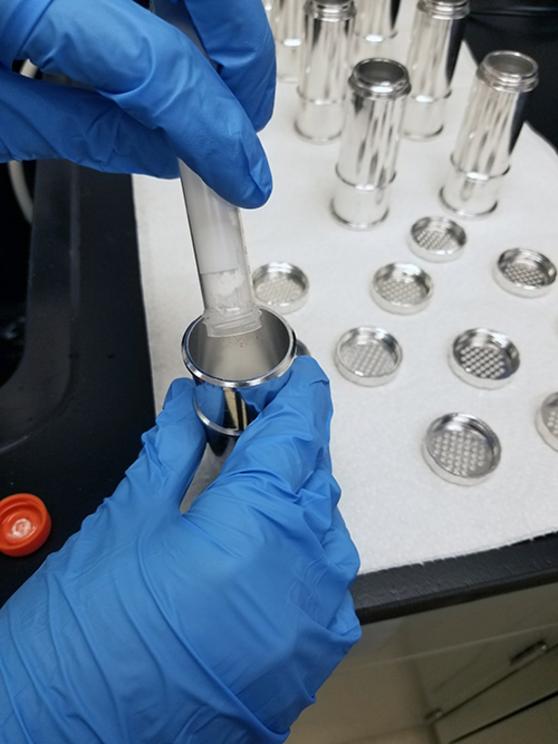
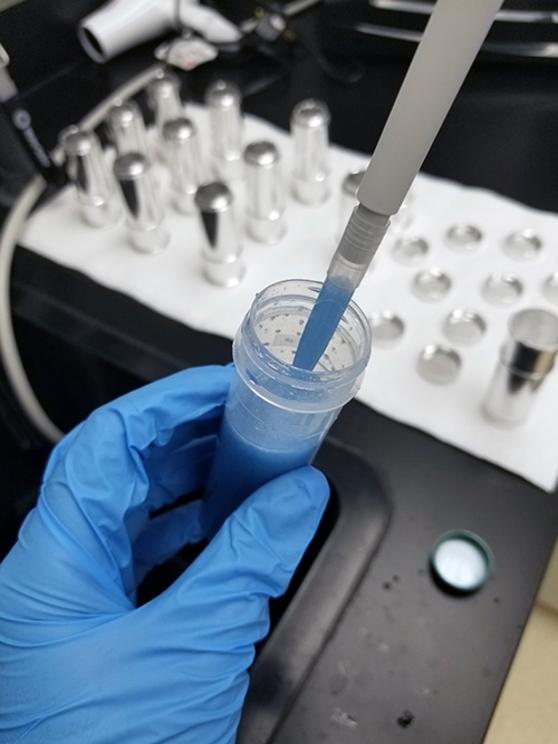
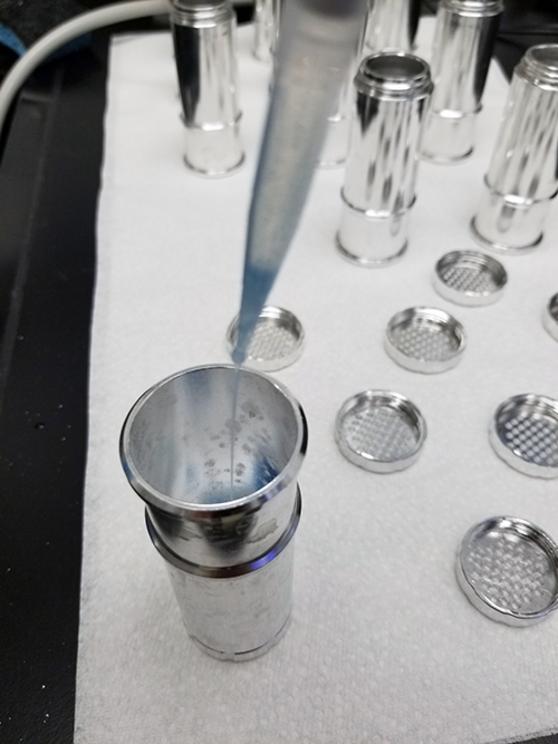
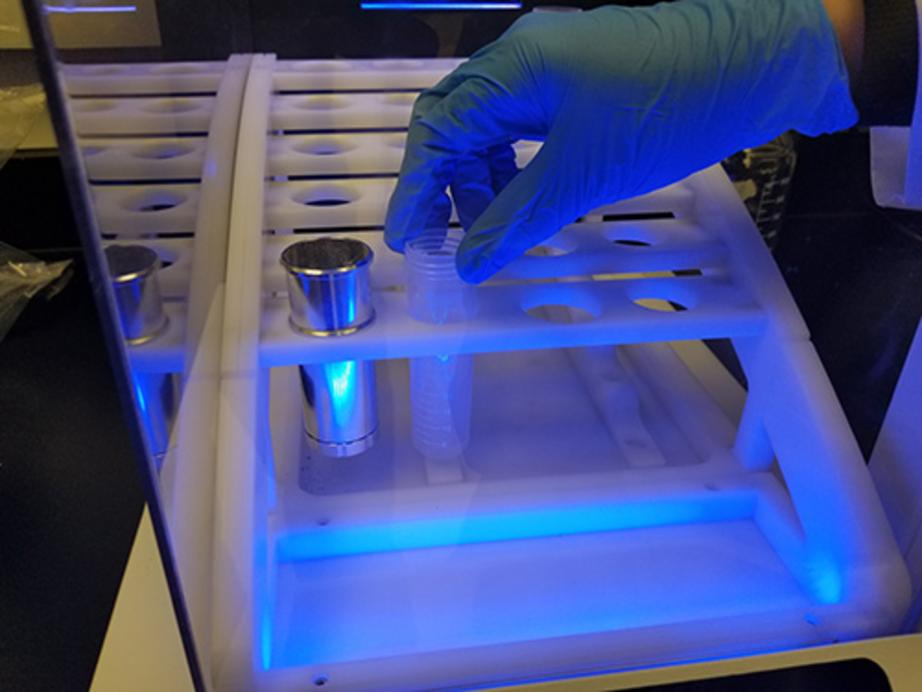
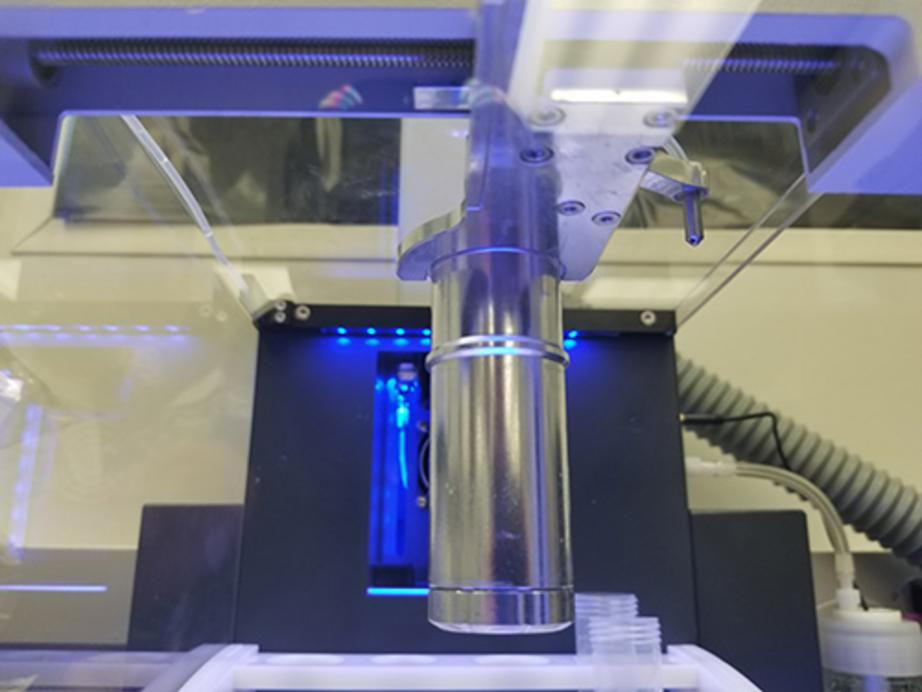
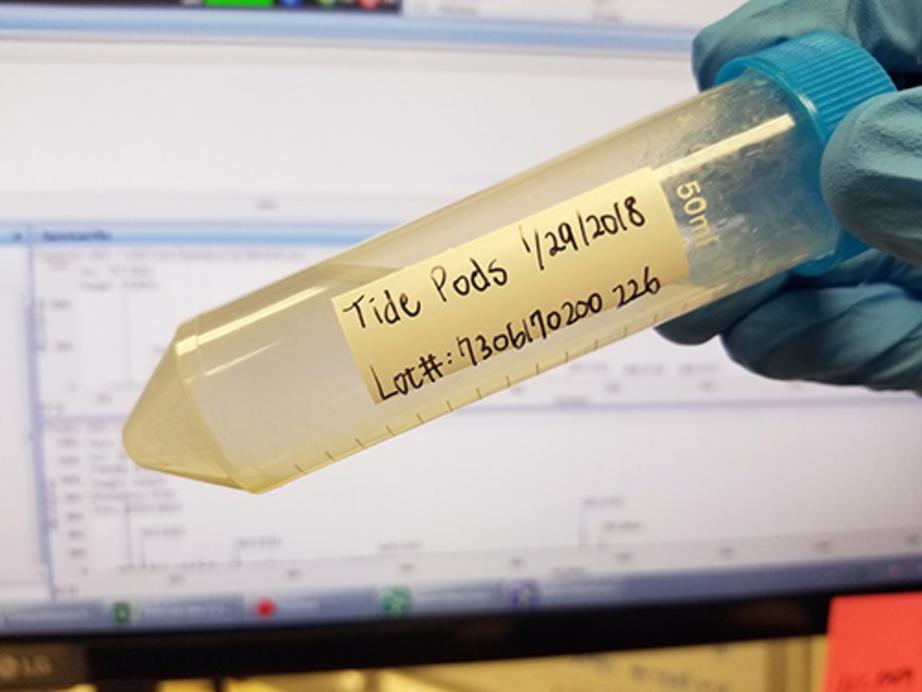
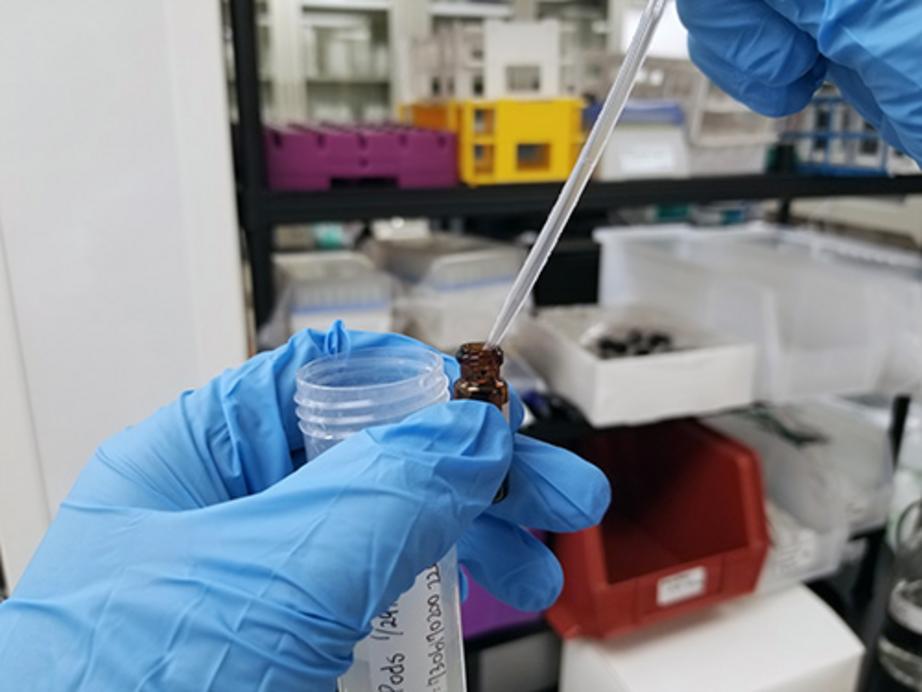
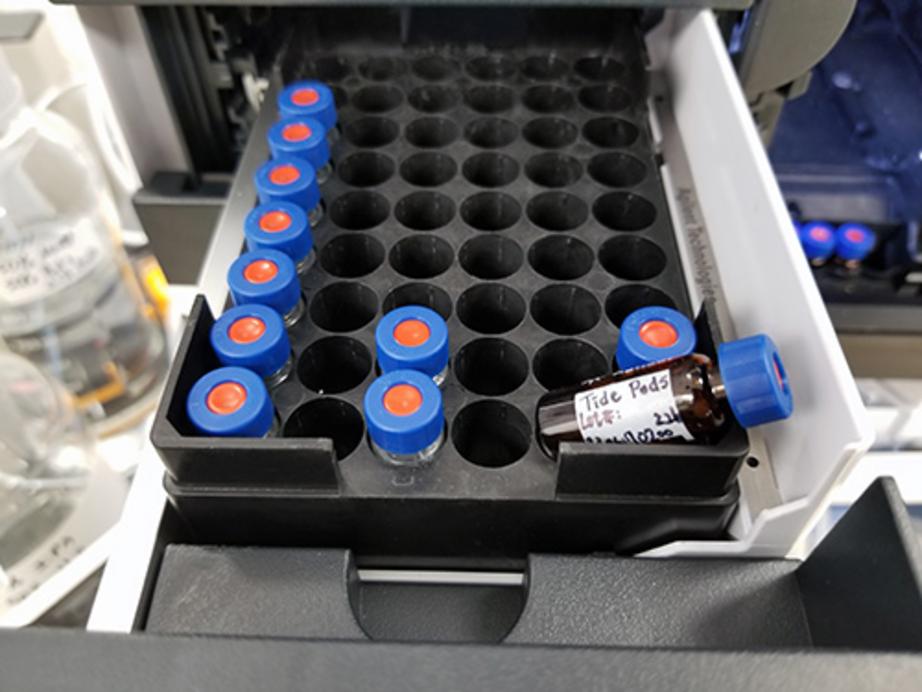
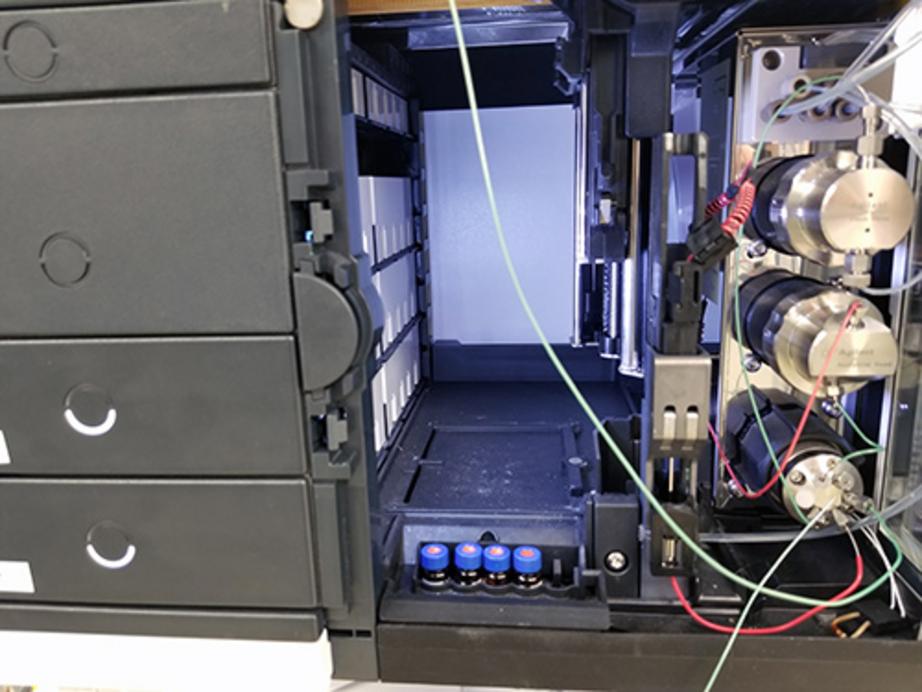
Video can be accessed at source link below.

